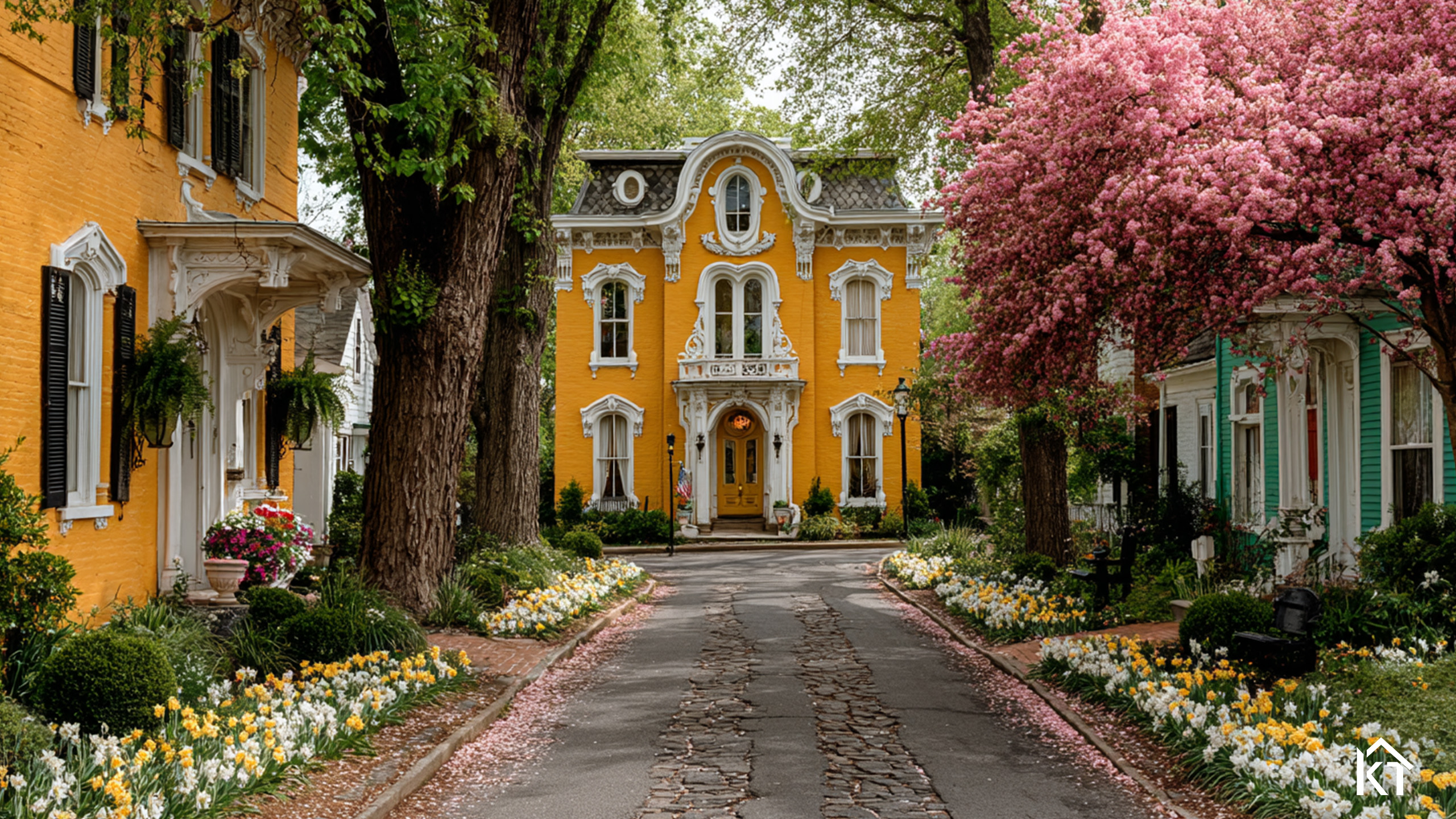Old vs. New Homes: What Every Buyer Should Know
Age of the Home: What Every Buyer Should Know Before Falling for Old-Home Charm
When you’re searching for your dream home, it’s easy to be swept away by a charming front porch, vintage hardwood floors, or crown molding that whispers stories of the past. Older homes often exude character that’s hard to replicate in modern construction. But as with all things real estate, beauty and character must be balanced with practicality—and that’s especially true when it comes to the age of the home.
The Allure of Older Homes
Homes built before the 1950s—or even earlier—often showcase architectural details and craftsmanship that are rare today. Solid wood doors, built-in bookshelves, transom windows, and ornate fireplaces can give a house a unique, cozy feel. Neighborhoods filled with older homes may also be more established, with mature trees, walkable streets, and a strong sense of community.
There’s also a nostalgia factor. Buying an older home can feel like owning a piece of history, especially if it has a story or heritage that adds to its appeal.
But Age Comes With Upkeep
The charm of older homes often comes at a cost: maintenance and upgrades. Depending on when the home was built and how well it’s been maintained, you may encounter any of the following issues:
-
Electrical systems may be outdated and not up to code. Some homes still have knob-and-tube wiring or fuse boxes that need upgrading to handle modern electrical loads.
-
Plumbing might be original or replaced decades ago with materials like galvanized steel that corrode over time.
Kentucky Tom Pro Tip: The lifespan of iron or steel plumbing that is in contact with the ground is approximately 50 years.
It’s important to proactively replace plumbing of this type–not doing so could risk the much higher expense of foundation damage from water or sewage escaping below your foundation.
Health implications could also be involved if a sewage line fails and you’re not aware of it. It’s easy to not notice that a sewage line has failed.
I had to replace the entire iron plumbing system below my home’s foundation to the public utility pipe at a cost of $25,000 in 2022 dollars.
-
Insulation and energy efficiency are often lacking in older homes, which can lead to higher heating and cooling bills.
-
Windows and roofs may be past their prime, contributing to drafts and leaks.
-
Foundations and structural components may show signs of settling, cracks, or moisture damage.
Before purchasing, a thorough home inspection is essential to assess the condition of all these elements. This can help you estimate repair costs and determine whether the home is still a good investment.
Renovation Potential
If you’re a buyer with vision and flexibility, an older home can be a fantastic canvas for renovation. You can modernize systems, reconfigure layouts, and add energy-efficient features while preserving the character that drew you in. Just be prepared for unexpected expenses—older homes can hold surprises behind the walls.
Make sure you understand the zoning laws and historical preservation rules in your area before making changes. Some older homes may be in designated historic districts that limit what you can modify, especially to the exterior.
The Appeal of Newer Homes
On the flip side, newer homes—generally those built within the last 10–20 years—offer modern conveniences, updated systems, and often better energy efficiency. You’re less likely to deal with surprise repairs in the first few years, and many newer homes come with warranties on key systems.
Kentucky Tom Pro Tip: Unless your home or the home that you’re considering purchasing is less than 5 years old, note that heating and cooling systems (HVAC) and major appliances may need maintenance work, upgrades, or replacement.
New construction may lack some of the charm and customization of older homes, but they often include open floor plans, attached garages, and built-in smart technology—all of which appeal to today’s buyers.



For Your Consideration
There’s no “right” answer when it comes to choosing between an older and a newer home. It depends on your lifestyle, budget, and comfort level with potential renovations.
If you love the idea of restoring and personalizing a home, and you’re ready for the occasional headache that comes with older construction, an older home may be a perfect fit. But if you want low-maintenance living and energy efficiency, a newer home could offer more peace of mind.
The key is to go in with open eyes and realistic expectations. Work with a qualified home inspector and a real estate agent familiar with the types of homes you’re considering. That way, you’ll make a decision that’s not just based on emotion—but one grounded in smart planning for your future.
For More Home Buying and Selling insights, join my Free newsletter by clicking HERE.


You must be logged in to post a comment.